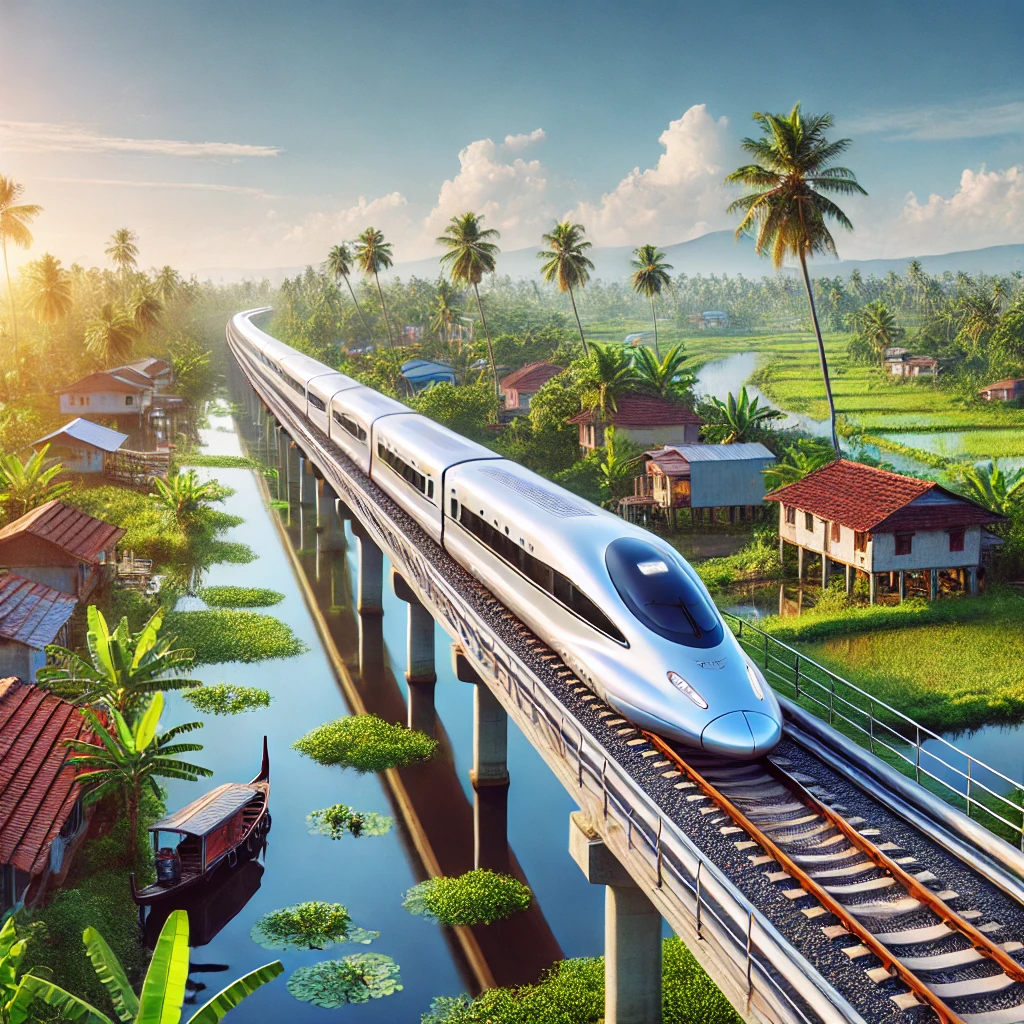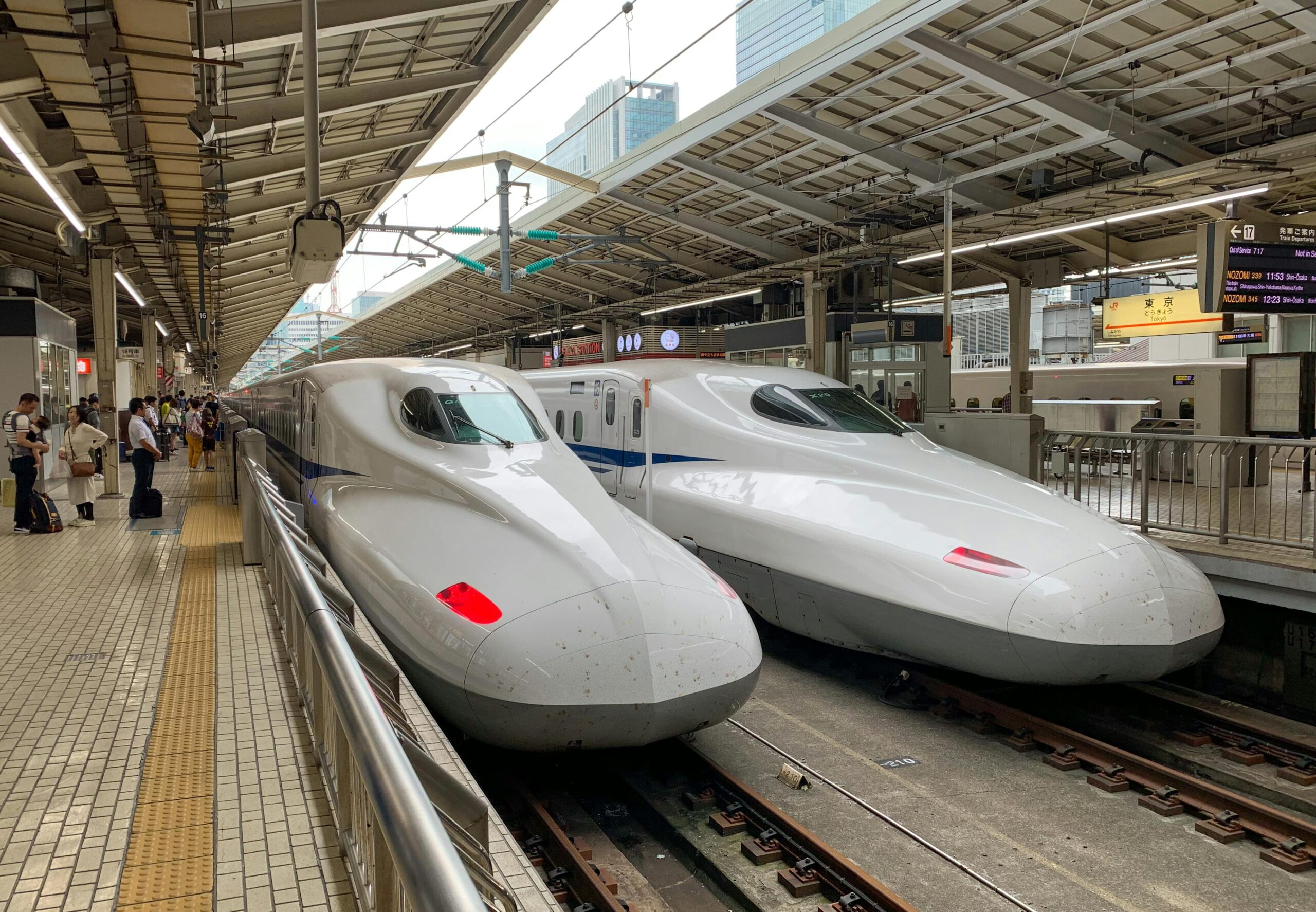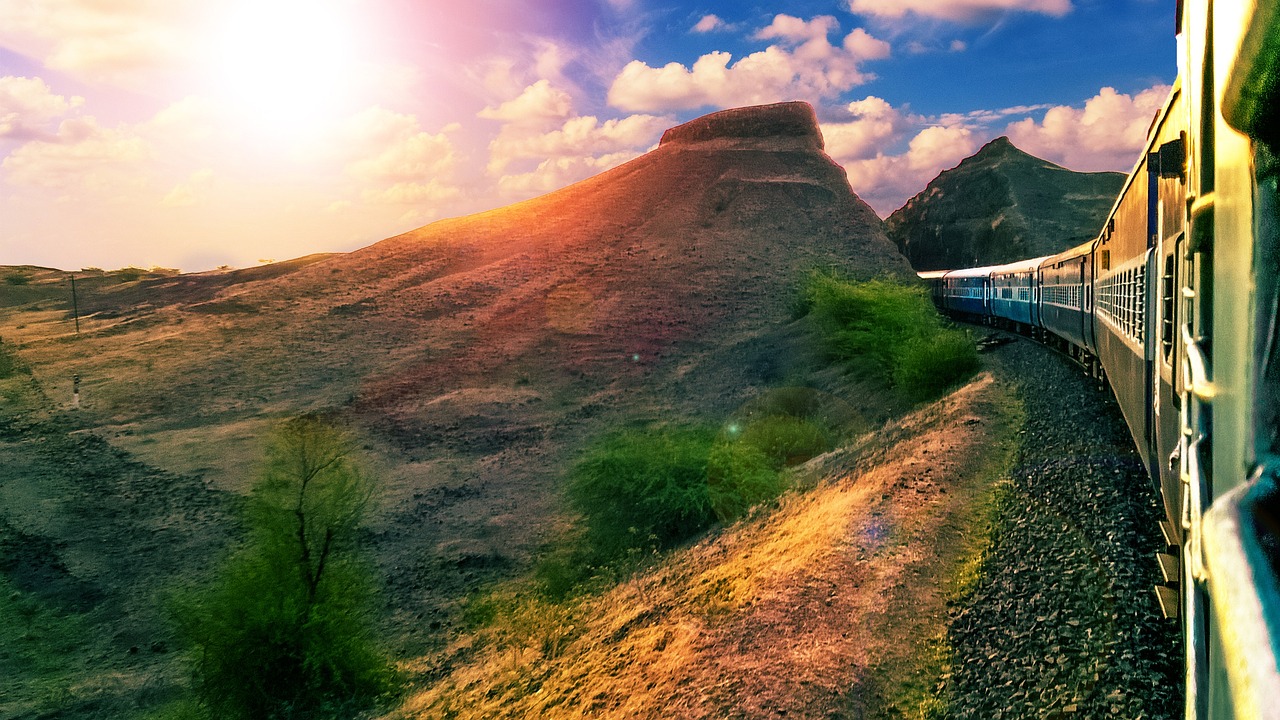From ancient trackways to the futuristic hyperloops, the history of railways is a captivating journey through time. This article offers an in-depth exploration of the evolution of railways, highlighting their profound impact on global economies, societies, and cultures.
The Humble Beginnings
Before the advent of steam-powered locomotives, ancient civilizations had already recognized the benefits of tracks for transportation. The Greeks, for instance, utilized a basic system of tracks to transport ships across the Isthmus of Corinth. But the true transformation began in the 19th century.
The Steam Revolution: Locomotives Take Center Stage
In 1804, the world witnessed a significant leap in railway technology. Richard Trevithick, a British engineer, introduced the first railway steam locomotive. This innovation marked the transition from reliance on horse-drawn wagons to the age of steam.
Global Expansion: Connecting Continents
The 19th century was a golden era for railways. The United States embarked on the ambitious First Transcontinental Railroad project, while Russia undertook the construction of the Trans-Siberian Railway. Meanwhile, countries like India, Canada, and Australia were also weaving intricate webs of rail networks, connecting remote areas and fueling economic growth.
The Role of Railways in Wars
Railways were not just civilian assets; they were of strategic military importance. During the World Wars, they were pivotal in moving troops, supplies, and artillery. Their significance was such that they often became primary targets to cripple enemy logistics.
5. Electrification and the Rise of High-Speed Trains
The post-war era saw a decline in steam locomotives, making way for electric and diesel-powered trains. The introduction of Japan’s Shinkansen in 1964 heralded the age of high-speed rail, setting new standards for efficiency and speed.
Cultural and Economic Impacts of Railways
Beyond transportation, railways influenced societal structures, economies, and even art forms. Cities grew around stations, literature romanticized train journeys, and films captured the essence of rail adventures. The economic benefits, from job creation to boosting trade, were unparalleled.
The 21st Century and Beyond: A Glimpse into the Future
Today, as we grapple with environmental challenges, railways offer a beacon of hope as a sustainable transport solution. Innovations like the maglev trains and Elon Musk’s proposed hyperloop promise to redefine the boundaries of rail travel.
Railways and Tourism: Exploring the World on Tracks
The scenic beauty of the Swiss Alps, the vast landscapes of the Canadian Rockies, or the cultural richness of the Indian subcontinent – railways have opened up the world for travelers. Luxury trains like the Orient Express or the Maharajas’ Express offer experiences that are as much about the journey as the destination.
The Timeless Legacy of Railways
The story of railways is one of innovation, resilience, and transformation. As we look ahead, with advancements like autonomous trains and smart rail networks, it’s evident that the golden age of railways is not in the past, but in the future.
Sources:
1. Wolmar, C. (2007). Fire and Steam: A New History of the Railways in Britain. Atlantic Books.
2. Simmons, J. & Biddle, G. (1997). The Oxford Companion to British Railway History. Oxford University Press.
3. Free, M. (2006). Railways and Culture in Britain: The Epitome of Modernity. Manchester University Press.
4. Faith, N. (1990). The World the Railways Made. Carroll & Graf Publishers.
Photo by Christopher More: https://www.pexels.com/photo/great-britain-steam-express-locomotive-full-speed-17338925/
Get in touch with us using the email below to reach out for any inquiries, feedback, or collaboration opportunities. admin@roadsandrails.org










